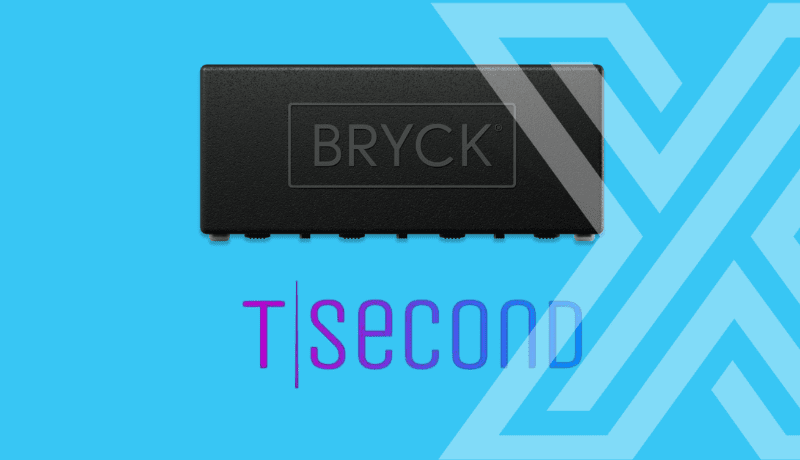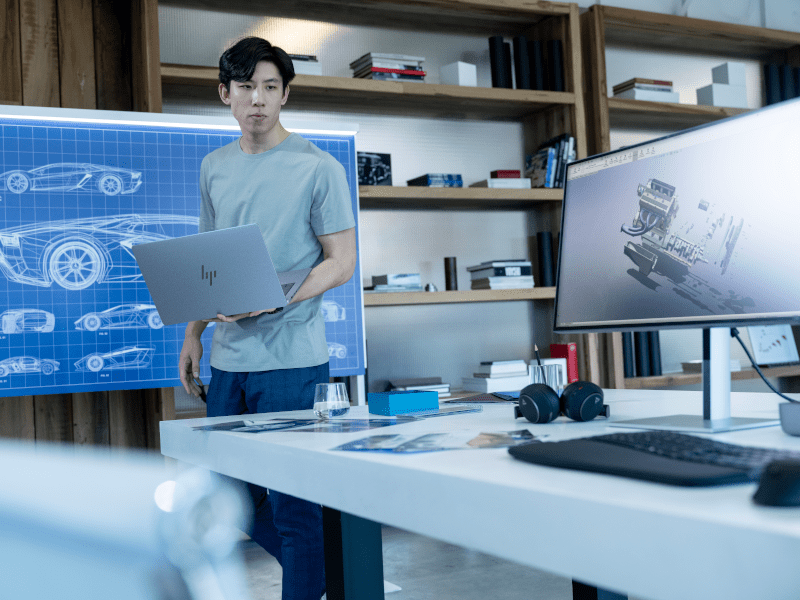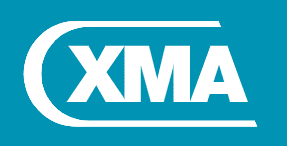One thing which 2020 has taught us all is the need for adaptability for businesses to survive.
Having turned your working practices upside-down, reducing the number of workers in your building and enabling employees to work from home – now you’re encouraging them to return to the office. How do you follow that up and create a plan for the future? What should that future look like?
We believe the next challenge is to create a plan which includes:
- The stability which creates opportunities for growth and development.
- Enough flexibility to allow for changes which will keep coming.
- Security and comfort from returning to some traditional working practices and spaces.
- Continuing beneficial new working practices, including enabling employees with greater responsibility and rewarding them with openness and cooperation.
But, how can we do this?
Reinforcing the Digital Workspace
Many businesses will have spent the last four, or more, months getting to grips with the opportunities enabled by their digital capability.
With the transformation made necessary by lockdown, businesses will have considered security and management as well as functionality. And, having developed these systems, ensuring they are stable enough for the future makes much more sense than going back to pre-lockdown limitations.
That’s not to say it will be easy, the changes made by many companies will have been developed in haste – ensuring these are the right changes (and changes made in the right way) will be a complicated task. As covered in a previous article, Navigating the New Normal, “Having taken those steps to change, now is the time to review, refocus and reinforce – to ensure these changes aren’t short-term fixes but strong, positive developments which will lead to future growth.”
So, while it will be necessary to review and reinforce these processes to ensure long term stability and opportunities for growth, this is the first step to creating the digital workspace your business needs going forward.
Reintroducing the Physical Workspace
Returning to a subject we explored in Navigating the New Normal, the question is ‘How do we use our offices moving forward?’
At the most basic level, some of our issues can be managed through signage and provision of sanitising stations. However, to ensure the confidence of your people and efficiency within your space, it may be necessary to implement smarter measures – maybe using technology to manage the density of occupancy or monitor routes used by employees to avoid congestion.
In the future, it will be important to use your understanding of your employees and the technology you have available to ensure a safe, smart office environment.
Allowing staff to book desks for working is the first step; however, this needs to include an understanding of the other processes surrounding this desk use. Of course, nearby desks (within an agreed radius) must be kept free and, once used, a desk must be appropriately cleaned before being made available to anyone else.
As well as looking at how smart workspaces are allocated and managed, you might promote the use of smart meeting areas, to enable collaboration regardless of location, and adopt smart document solutions – with contactless printing or digital signatures. These changes, prompted by our current situation, will likely remain, so need to be focused on your goals of increasing productivity and engagement for the long term.
Understanding the Hybrid Workspace
So, how do we ensure the changes we’re making are building systems which are fit for the future? This is something we’ve talked about before, in How Agile Working is Changing our Future.
We’ve already looked at the need to build intelligence into processes to ensure ease of use and efficiency for the workforce as a whole. Now is the time to be considering the possibilities as well as the precautions, to learn from our experiences and build stronger and more flexible systems which benefit everyone in the business. This will be particularly true as we develop systems enabling personalised digital workspaces – again improving efficiency and engagement.
In terms of our digital workspace, providing systems which are available wherever your employees are, tools which enable easy and efficient management and allow for easy communication – these are the most basic standards we have come to expect. Employee performance and engagement is improved by allowing individuals to have some element of choice over where they work.
Physical spaces should also work as well for our teams as they do for our customers and managers. One benefit to the business will come from providing the best workspace for employee engagement and efficiency, and this should be the aim when returning to work. There are additional benefits, of course, in the efficiencies now possible within these physical spaces.
As you look to provide the right environment for your customers and staff, how will you ensure you’re building systems and processes which are helping build your business?
If you need help to understand what’s possible – how you can build a hybrid agile workspace with room to grow and flourish – get in touch. It would be great to talk.
Written by Terry Chana – Director of Workspace Solutions @ XMA












 Monitoring by Hotjar
Monitoring by Hotjar